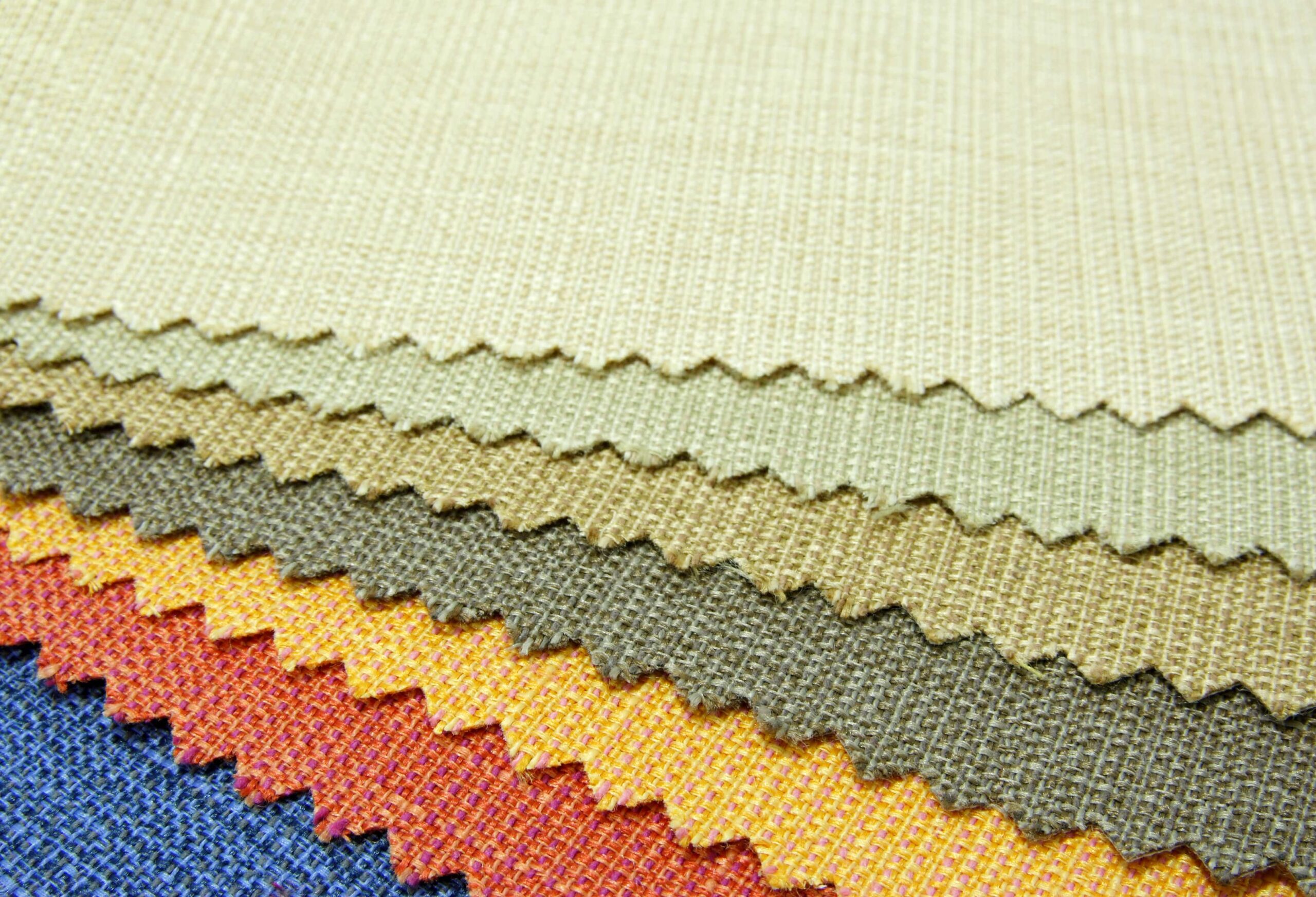When it comes to construction projects, ensuring stability, longevity, and environmental responsibility is crucial. That’s where non-woven geotextile fabric comes into play. This remarkable material offers a range of advantages, from erosion control to soil stabilization and drainage improvement. In this blog, we will explore the many benefits of non-woven geotextile fabric and how it has become an indispensable tool in construction.
Erosion Control with Non-Woven Geotextile Fabric
Erosion is a common challenge in construction, particularly in areas with unpredictable weather conditions. Heavy rain, wind, and even construction activities can strip away valuable topsoil, causing damage to the environment and increasing project costs. Non-woven geotextile fabric acts as a shield against erosion.
Key Benefits:
- Soil Retention: Geotextile fabric holds the soil in place, protecting it from being carried away by water or wind.
- Improved Vegetation Growth: By stabilizing the soil, geotextile fabric encourages the growth of vegetation, which further aids in erosion control.
- Versatile Application: Geotextile fabric can be used in various locations, from construction sites to shorelines.
Soil Stabilization for Strong Foundations
In many construction projects, the natural soil may need to be more stable to support the built structures. This is where non-woven geotextile fabric proves invaluable by enhancing soil stability.
Key Benefits:
- Load Distribution: Geotextiles evenly distribute the load of structures, preventing settlement and ensuring a solid foundation.
- Reduced Subsidence: They minimize soil settlement and improve the load-bearing capacity of the ground.
- Sustainable Approach: Geotextiles often reduce the need for additional soil or aggregate materials, saving costs and resources.
Drainage Improvement with Geotextile Fabric
Proper drainage is essential in construction to avoid water accumulation that can compromise the integrity of structures. Non-woven geotextile fabric helps in managing water flow effectively.
Key Benefits:
- Filtration: Geotextiles prevent the clogging of drainage systems by filtering out fine particles from the surrounding soil.
- Hydraulic Efficiency: They enhance the hydraulic efficiency of drainage systems by ensuring a consistent flow of water.
- Longevity: Geotextile fabric can extend the lifespan of drainage infrastructure by reducing the risk of blockages.
Cost-Efficiency Through Non-Woven Geotextile Fabric
Construction projects are notorious for their costs. However, using non-woven geotextile fabric can lead to significant cost savings over time.
Key Benefits:
- Reduced Maintenance: Geotextiles minimize the need for expensive and time-consuming maintenance.
- Long-Term Savings: Although the upfront cost of geotextiles may be higher, the long-term savings in maintenance and repairs make them a cost-effective choice.
- Optimized Resource Usage: Geotextiles reduce the need for additional materials, saving on resources and costs.
Sustainability and the Environmental Impact of Geotextile Fabric
In an era where sustainability is a top priority, non-woven geotextile fabric aligns well with environmentally responsible construction practices.
Key Benefits:
- Recyclability: Geotextile fabric is often recyclable, reducing waste and promoting a circular economy.
- Reduced Environmental Impact: Geotextiles reduce environmental damage by stabilizing soil and preventing erosion.
- Eco-Friendly Applications: Their versatility allows for a wide range of eco-friendly applications in construction and landscaping.
Versatility and Applications of Non-Woven Geotextile Fabric
One of the remarkable features of non-woven geotextile fabric is its adaptability to various construction scenarios.
Key Points:
- Road Construction: Geotextile fabric is often used to enhance the road’s durability and reduce maintenance.
- Embankments and Slopes: Geotextiles stabilize embankments and slopes, reducing the risk of landslides.
- Foundation Support: They are used in foundation construction to distribute the load and reduce settlement.
Maintenance and Installation Tips
For geotextile fabric to be effective, proper installation and maintenance are crucial.
Key Tips:
- Prepare the Site: Ensure the site is clean and debris-free before laying geotextile fabric.
- Proper Anchoring: Secure the fabric properly to prevent displacement.
- Regular Inspection: Periodic inspections can identify issues and prevent damage.
Conclusion
Non-woven geotextile fabric is a versatile and indispensable tool in construction. It offers numerous benefits, from erosion control and soil stabilization to drainage improvement and cost savings. Moreover, its environmental sustainability and wide range of applications make it a top choice for engineers and builders looking to create stable, eco-friendly structures. By incorporating geotextile fabric into construction projects, you can ensure a better, more sustainable future for the built environment.

